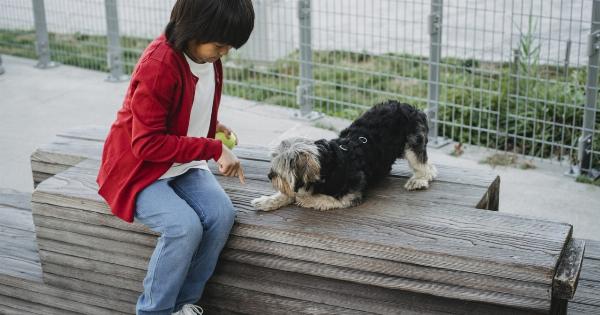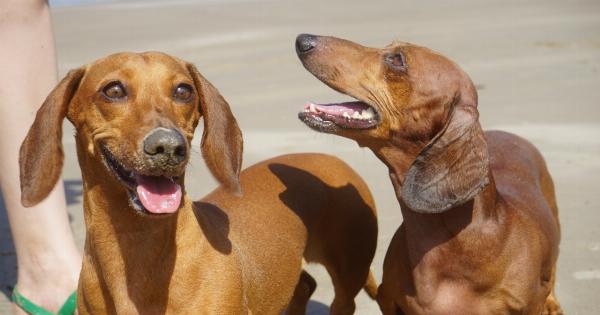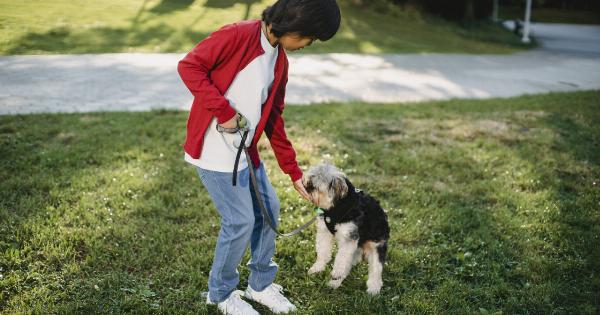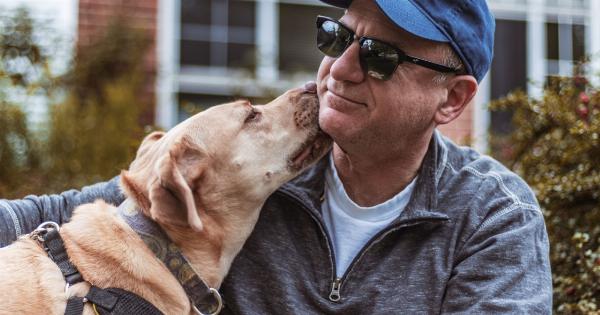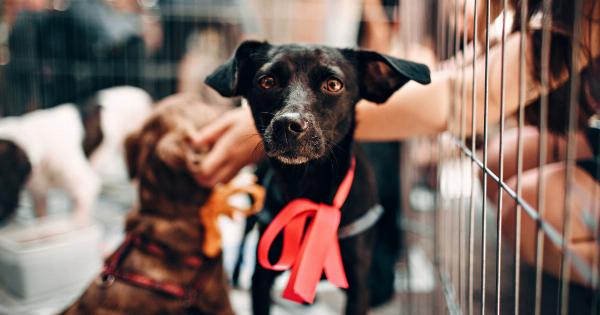As a loving and responsible dog owner, it is important to be aware of your pup’s health and well-being.
While it may seem difficult to determine if your furry friend is experiencing a headache, there are certain signs and symptoms you can look out for. Dogs, like humans, can also suffer from headaches, and by understanding the indicators, you can provide necessary care and comfort to your canine companion. In this article, we will explore various ways to tell if your pooch is experiencing a headache.
1. Behavioral Changes
One of the primary ways to identify if your dog is experiencing a headache is by observing any sudden or uncharacteristic changes in their behavior.
If your normally energetic and playful pup becomes lethargic, withdrawn, or irritable, it could be a sign that they are experiencing discomfort in their head. Dogs may also display restlessness, pacing, or difficulty settling down, indicating that they are struggling with headache-related discomfort.
2. Loss of Appetite
A decrease in appetite is often a sign that something is not quite right with your dog’s health. If your pooch suddenly shows disinterest in their regular meals and treats, it could be a result of a headache.
Just like humans, dogs can experience nausea and loss of appetite when they have a headache. Keep an eye out for any changes in their eating habits, as this can help you identify if they are experiencing discomfort caused by a headache.
3. Unusual Sensitivity to Light and Sound
Dogs with headaches may display an increased sensitivity to light and sound. They may shy away from bright environments or squint their eyes when exposed to even normal levels of light.
Similarly, they may become startled or appear more agitated than usual in response to loud noises or sudden sounds. These reactions suggest that your pup’s head is sensitive and they are experiencing discomfort. Paying attention to how your dog reacts to their surroundings can provide valuable insight into their headache symptoms.
4. Changes in Sleeping Patterns
If you notice significant changes in your dog’s sleeping patterns, it could be indicative of a headache. Dogs experiencing discomfort in their head may find it challenging to fall asleep or remain asleep for extended periods.
They may toss and turn, whine, or even vocalize their discomfort during sleep. On the other hand, some dogs may sleep excessively as a response to the pain caused by their headache. Be attentive to any alterations in your dog’s sleeping habits, as it can be a potential sign of a headache.
5. Pawing or Scratching at the Head
Another telltale sign that your pooch may be experiencing a headache is persistent pawing or scratching at their head. Dogs might rub their paws against their ears, temple, or forehead in an attempt to alleviate the discomfort they are feeling.
This behavior is an instinctive reaction to pain and indicates that your pup is trying to find relief from the headache symptoms. If you observe such actions, it is important to address your dog’s discomfort and seek appropriate veterinary care if necessary.
6. Licking or Chewing on the Head
In addition to pawing or scratching, dogs experiencing headaches may also exhibit excessive licking or chewing on their head or face. This behavior can occur on specific areas such as the temples or the muzzle.
Dogs lick or chew as a way to self-soothe and alleviate their discomfort. However, excessive and prolonged licking or chewing can lead to skin irritations and other secondary issues. If you notice such behavior, it is essential to address the underlying cause and provide comfort to your furry friend.
7. Avoidance of Physical Contact
When dogs are in pain, they often seek solitude or avoid physical contact with their owners. This can be particularly noted with those experiencing a headache.
Your usually affectionate pup might now recoil when you try to pet them or avoid any form of physical interaction. They may also show signs of aggression or snap when touched in the affected areas. These behaviors are a defense mechanism used by dogs to protect themselves from further discomfort.
Recognizing these avoidance signals can help you identify if your dog is experiencing a headache.
8. Changes in Eye and Ear Movement
Dogs with headaches may display changes in their eye and ear movements. They may squint, close their eyes partially, or have dilated pupils due to increased sensitivity to light.
Additionally, dogs might tilt or shake their heads frequently, indicating ear discomfort and possible involvement of the headache. Pay close attention to any unusual eye or ear movements your dog exhibits, as these can be key indicators of a headache.
9. Uncharacteristic Aggression or Irritability
If your typically well-behaved dog suddenly displays uncharacteristic aggression, irritability, or snaps at people or other animals, it may be due to an underlying headache.
Headaches can make dogs feel irritable, and the pain can cause them to react defensively or aggressively to the slightest provocation. It is important to take note of changes in your dog’s behavior and address any sudden outbursts with care and understanding.
10. Seeking Isolation
Dogs in pain, including those with headaches, might isolate themselves from their human family and other pets. They might retreat to a quiet corner or a favorite hiding spot to find solace and minimize external stimuli that can worsen their pain.
If your dog starts spending more time alone or in secluded areas, it could be a sign that they are experiencing a headache. Respect their need for solitude but continue to monitor their behavior for any other concerning signs.
Conclusion
Recognizing the signs and symptoms of headaches in dogs is crucial for their well-being and overall health.
By paying attention to your dog’s behavior, appetite, sensitivity to light and sound, changes in sleeping patterns, and any specific actions like pawing or licking at the head, you can identify if your furry friend is experiencing a headache.
It is important to remember that while these signs may indicate a headache, they can also be associated with other health concerns, so professional veterinary advice should be sought to provide the necessary care and treatment for your dog’s specific condition.

